Egypt unveils renovated Tutankhamun gallery
- Published
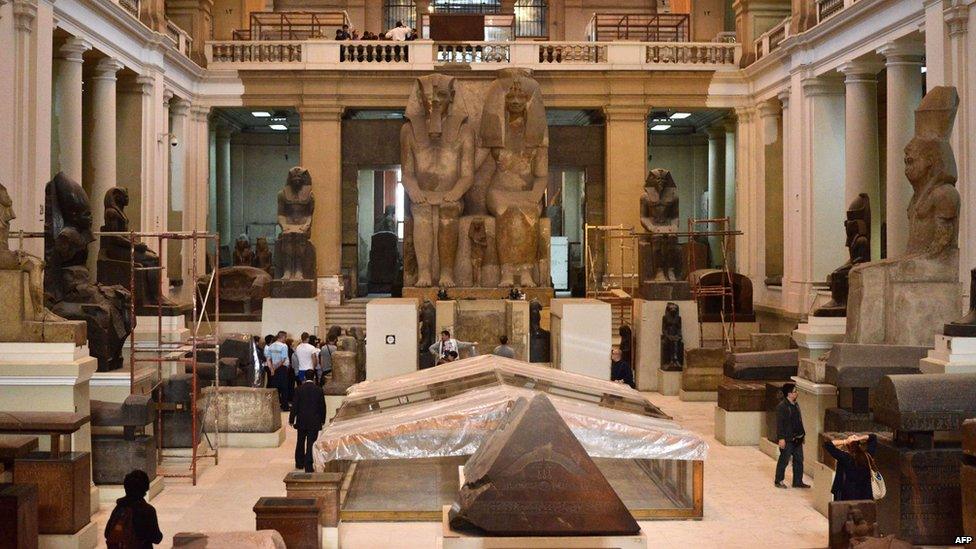
Four renovated halls in the Tutankhamun gallery in the Egyptian Museum in Cairo have been unveiled.
The renovation is part of a seven-year project to refurbish the entire Egyptian Museum.

The halls, opened by Prime Minister Ibrahim Mahlab, house treasures from the tomb of the boy king which were unearthed in 1922.
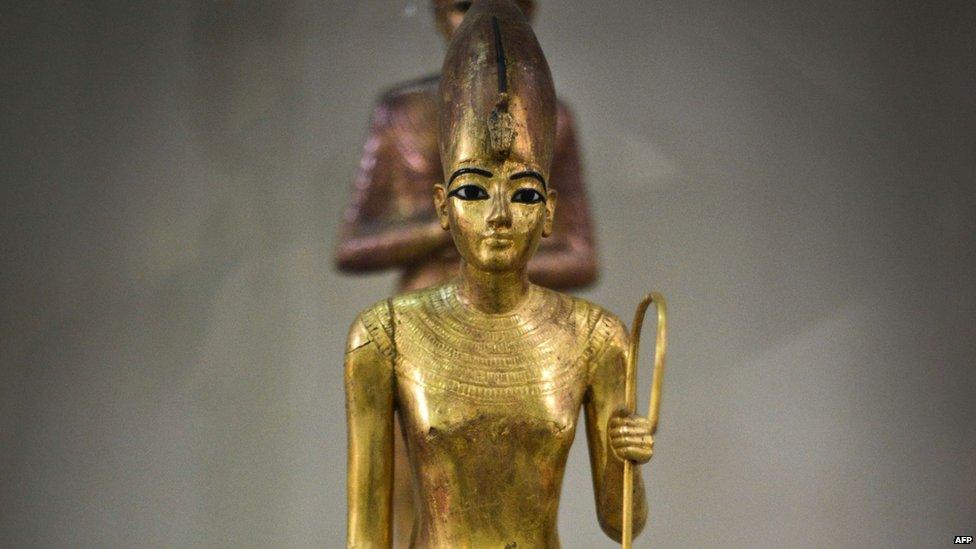
It was one of the most significant archaeological discoveries of the 20th Century.
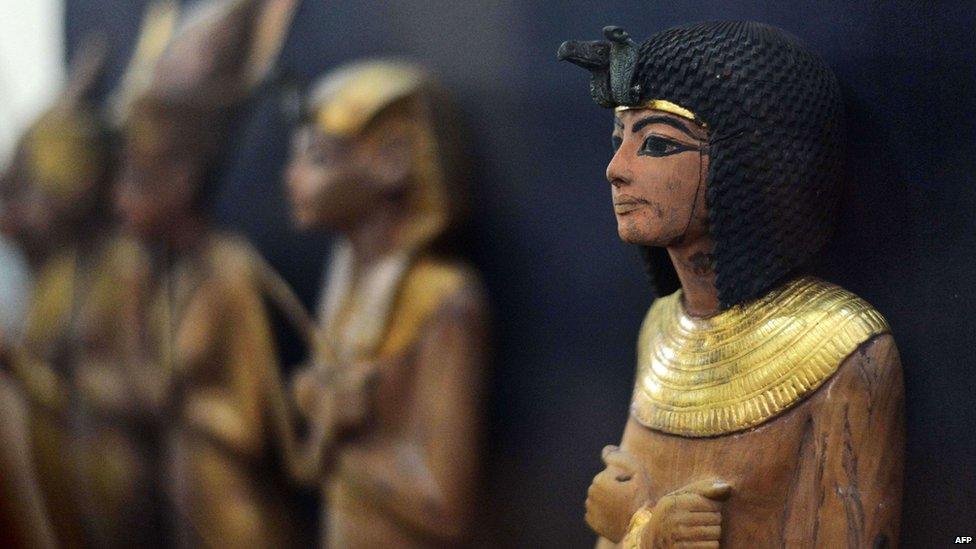
Tutankhamun's tomb had been untouched for some 3,000 years until the British archaeologist Howard Carter found it after years of fruitless excavations.
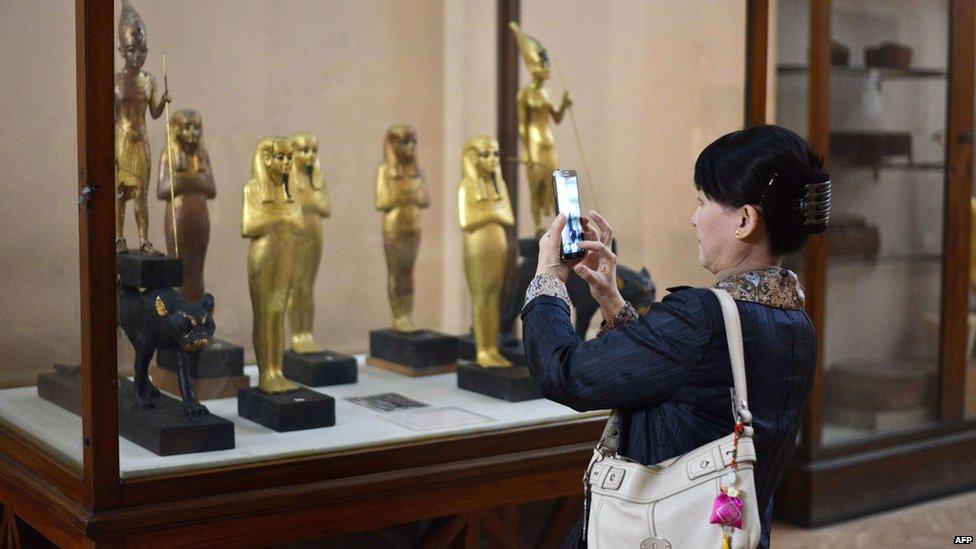
The renovation of the museum is being aided by funds from the European Union and other international donors, AFP reported.
James Moran, who heads the EU delegation in Cairo, said the EU gave support to help to boost Egypt's tourism sector whose "revival... is fundamental for the economy".
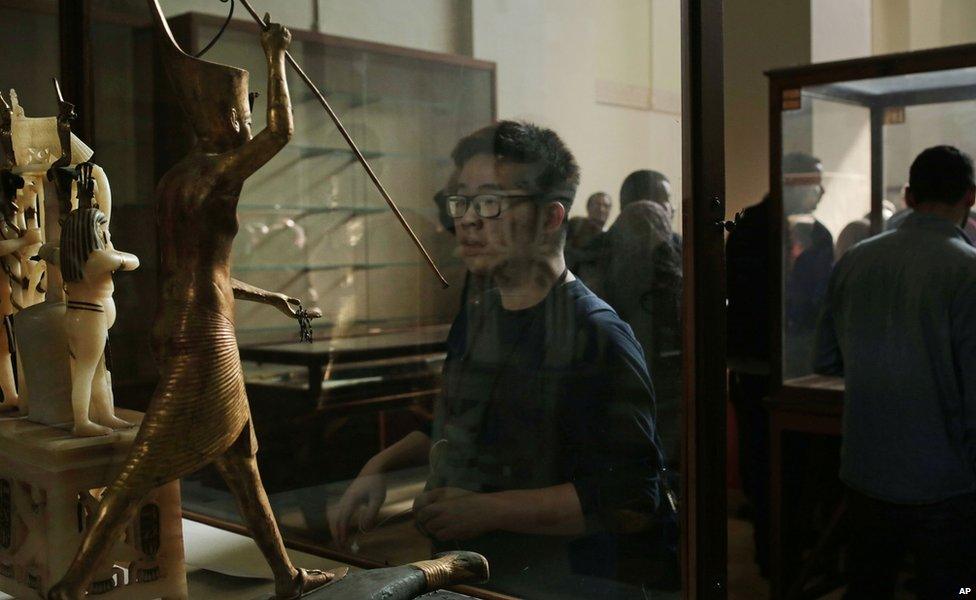
The EU, he told AFP, would offer 92,500 euros ($115,000, £73,300) next year to help renovate the eastern wing of Tutankhamun gallery.
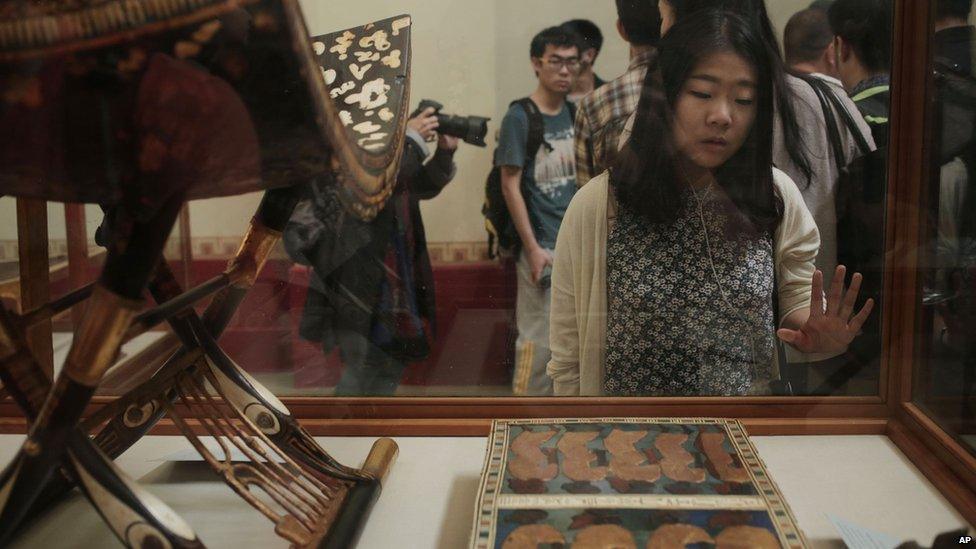
The Egyptian Museum - first opened in 1902 in Cairo's central Tahrir Square - contains 107 halls with artefacts dating from the prehistoric through to the Roman periods. The majority of the collection is focused on the era of the pharaohs.
The museum houses approximately 160,000 objects covering 5,000 years of Egypt's past.

Tutankhamun
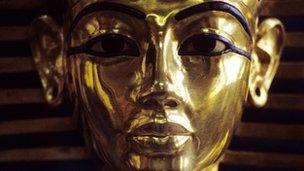
Tutankhamun's gold funerary mask
•Reigned Egypt circa 1336BC-1327BC from the age of eight or nine
•Thought to be the son of Akhenaten, known as the "heretic king"
•Married his half sister, Ankhesenpaaten
•Was about 17 or 18 years old when he died
•The cause of his death is a mystery - he may have been assassinated, or died as the result of an injury received while hunting
Source: BBC History
- Published24 July 2014

- Published18 January 2013
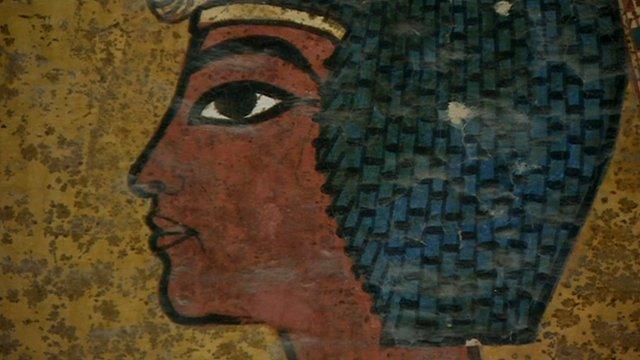
- Published10 November 2010